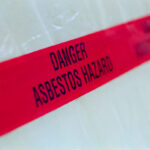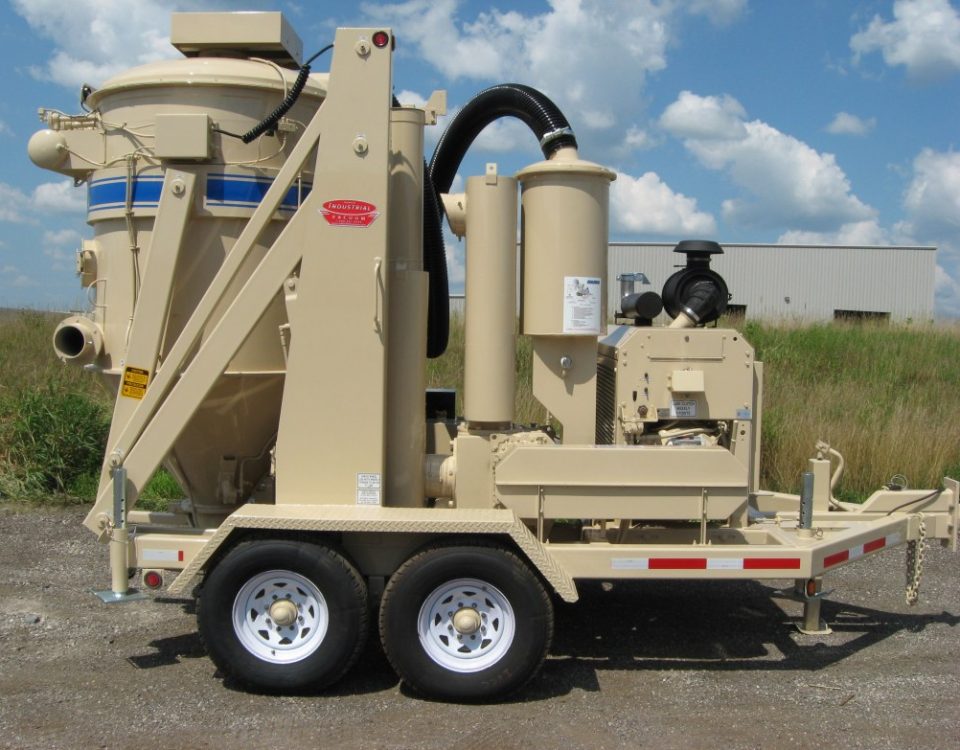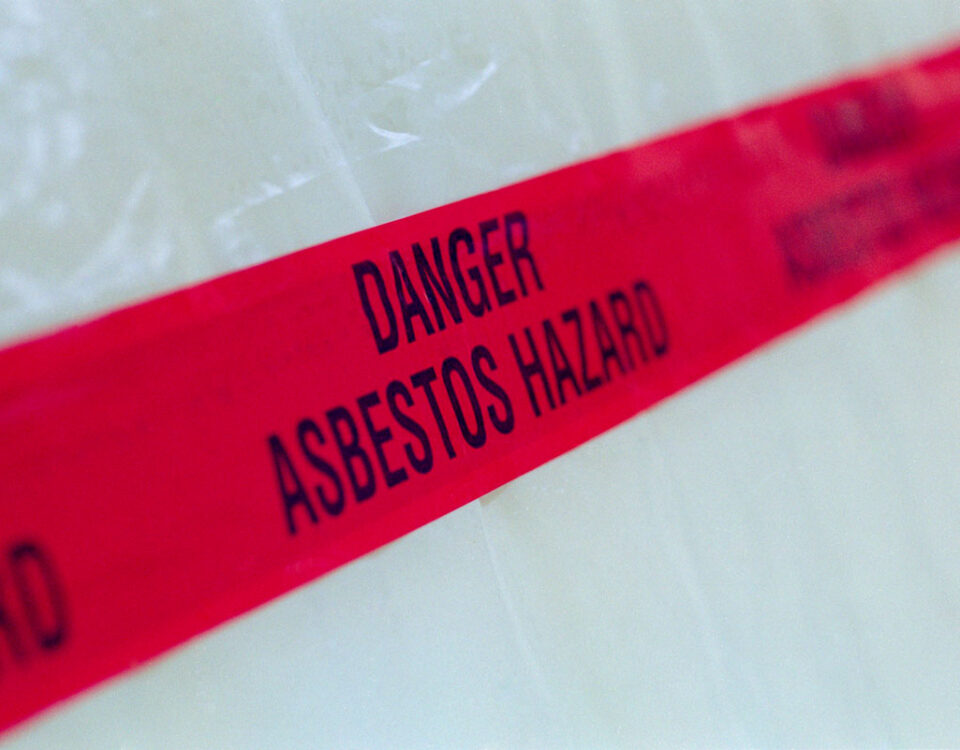
Asbestos rules ignored in many BC home demolitions
March 23, 2016Reposted from an article written in The Vancouver Sun. See the original article here.
Criminal charges should be considered in cases where employers are breaking rules to protect workers and repeatedly exposing them to asbestos, said NDP labour critic Shane Simpson.
Simpson was responding to The Vancouver Sun’s story that revealed Skylite Building Maintenance, and its successor company Seattle Environmental Consulting, wracked up more than 250 orders for violations of the Workers’ Compensation Act of B.C. and the Occupational Health and Safety Regulations, as well as more than $280,000 in fines dating back to incidents in 2009.
Skylite was issued the second and third largest WorkSafeBC penalties in 2012 of $105,000 each, according to the regulatory agency. Members of the Aquilini family, owners of the Vancouver Canucks, received the largest single penalty — $125,277 for failing to maintain a farm vehicle they used to transport farm workers in safe operating condition.
Seattle Environmental and its principals, Mike Singh and son Shawn, remain in business. They deny any wrongdoing and say they are being discriminated against because they are Indo-Canadian.
Simpson, whose party leads the polls heading into a May election, said criminal charges could be pursued under federal Bill C-45, which amended the Criminal Code to beef up worker protection after the deadly Westray Mine disaster.
However, if the criminal charge threshold proves too high, the province needs to find a way to get operators who repeatedly put people’s health and lives at risk out of business, Simpson said.
“I don’t know what the right number is (for violations), but there has to be some ability to pull business licences and simply say you can’t practice your business anymore,” he said.
Changes will need a larger discussion with industry, to create a fair process that includes an appeal mechanism, he said.
B.C. Jobs Minister Pat Bell, who is responsible for labour, said he is confident WorkSafeBC is handling the case properly. He said he believes the province has a robust regulatory system to protect workers.
However, given an extraordinary case like this where the company and principals simply ignore repeated orders and larger fines, it may be time to examine whether it should be easier to move to the provincial court level, said Bell.
Diseases from exposure to asbestos remain the single largest occupational killer in British Columbia. According to WorkSafeBC figures, asbestos-related disease is responsible for the deaths of 512 workers between 2002 and 2011.
WorkSafeBC has turned to the courts using provincial law to backstop its orders and fines, but it is a slow process.
The provincial safety agency obtained a B.C. Supreme Court order last September against Skylite, Seattle Environmental and principals Mike and Shawn Singh. They are ordered not to expose people to asbestos, and if they do so again, could face contempt charges that can include jail time. This is not the same as a conviction under federal Bill C-45.
Calling its efforts to get Skylite and Seattle Environmental to operate safely “frustrating,” WorkSafeBC spokeswoman Donna Freeman said it takes time to pursue orders and penalties before you can build a case for court.
“It’s like the police dealing with serial drunk drivers — it often takes numerous fines and convictions to get jail time for these offenders even though B.C. is said to have the toughest drunk-driving laws in the country,” Freeman said in an email.
“That’s frustrating for the police and Skylite has been frustrating for WorkSafeBC,” she said.
Asbestos removal contractors who follow the rules want to see tighter restrictions.
Critics point to rules in Alberta, which require worker training approved by the province, or in Washington state, which requires certification of asbestos removal contractors. In Washington state, contractors who don’t follow the rules can be decertified.
WorkSafeBC regulations require employers to prepare exposure control plans, undertake risk assessments, develop safe work procedures, conduct air monitoring and instruct and train workers. However, the province does not require accredited training or certification.
Jerome Klett, owner of 4W’s Demo Ltd., said perhaps as many as 20 per cent of companies in the asbestos removal business are incompetent or knowingly ignoring the rules.
“We’ve been asking for years for WorkSafeBC to come up with accredited companies – but they don’t want to have anything to do with it,” said Klett.
Not only are the bad operators endangering workers’ health, they are undercutting legitimate contractors, he said.
“The problem is if I go do a quote for someone –- and I’m $10,000 — these guys come in at $4,500,” said Klett, who has been in the asbestos removal business since 2000.
“Safety costs money, and they don’t want to spend money.”
That results in pressure from building contractors to reduce prices, noted Klett.
It is no simple task to remove asbestos safely before a demolition.
In the highest risk situations, where asbestos has been found in ceilings for example, contractors must create a sealed containment area using plastic and tape and a motorized unit to provide negative pressure to ensure air does not escape. The system also filter the air.
Clean-shaved workers must wear protective gear, including full body suits, gloves and full-face air masks. When the workers enter and exit the containment area, they must shower and remove their protective gear.
In February, at an asbestos removal job in North Vancouver, it took 4W’s Demo project manager Ralph Kettle and crew worker Kurtis Jenkins several hours to set up the containment area to remove a small amount of asbestos containing drywall around a fire place and one wall.
Asbestos removal companies flaunting the rules will simply remove materials as if they were not asbestos containing, obtain false reports or demolish a building at night or on the weekend, when there is less chance of being inspected by WorkSafeBC, said Klett.
Pro Active Hazmat and Environmental general manager Brian Gibson also says B.C. has to adopt or create its own certification system.
Pro Active has its own in-house training program, and has been providing awareness seminars to contractors that belong to the Greater Vancouver Home Builders Association, of which it is also a member.
Gibson noted that about 480,000 homes built in the Metro Vancouver area before 1990 could potentially contain asbestos materials.
“It doesn’t make your fingernails black or your hair fall out, but 20-30 years later you could end up with a serious disease that kills you,” observed Gibson.
Don Whyte, executive director of the Hazardous Materials Association, said his organization has also been trying to lobby WorkSafeBC to bring in some sort of provincially recognized training program.
He said the HMA — which represents 13 companies and provides its own lengthy training program — is also in favour of a certification program for companies.
“We’ve never got any traction (with WorkSafeBC),” said Whyte.
Al Johnson, vice-president of prevention for WorkSafeBC, is reluctant to endorse certification, saying it adds a layer of administration and there is an issue of who will maintain the certification. “Just because somebody has a (certification) ticket doesn’t necessarily mean they are going to be doing things safety,” he observed.
Alberta law requires that asbestos removal workers take a provincially approved training course that includes a written exam requiring an 80-per-cent mark to pass. The workers who successfully complete training are issued an Asbestos Worker Card, which they must have on them at a work site.
Companies must also provide 72 hours notice when they are going to remove asbestos. B.C rules require 24-hour notice.
In Washington state, in addition to legislated worker and supervisor training requirements, companies that remove asbestos must be certified.
In the past several years, at least one contractor was decertified and several other placed on probation for six months to a year, said Elaine Fischer, a spokeswoman for the state’s Department of Labor and Industries.
In 2010, an apartment owner who was “wilfully negligent and indifferent” was fined $165,400 for violating asbestos regulations.
The state introduced rules in the 1980s to ensure the safe removal of asbestos because of the number of workers dying from the occupational exposure, said Fischer.
Federal clean air rules, enforced by the U.S. Environmental Protection Agency, provide another layer of protection against asbestos exposure. In 2011, a car dealership owner was sent to jail for 30 days and fined $100,000 for illegally removing and disposing of asbestos.
The number of occupational deaths attributed annually to asbestos in Washington state and Alberta is lower than in British Columbia.
It’s about 10-12 in Washington state and 10 in Alberta, compared to 56 in B.C., according to figures provided by the jurisdictions.



